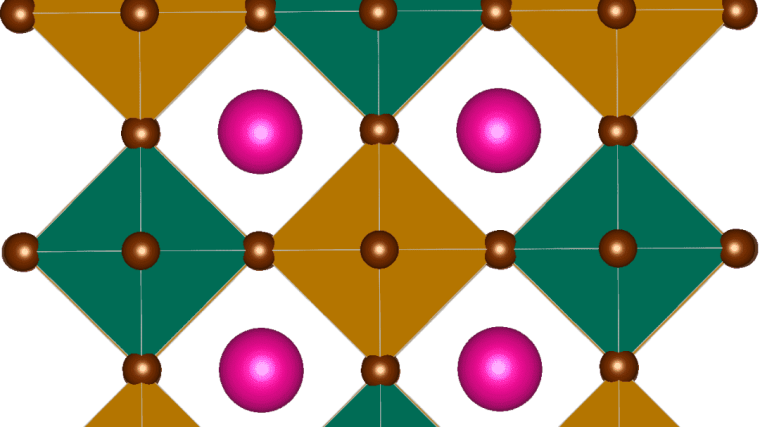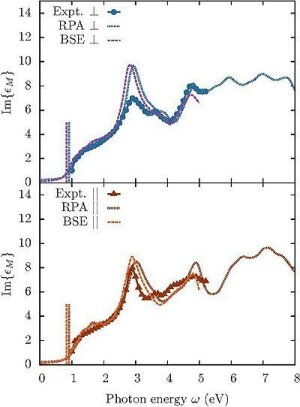
Research Profile
The Condensed Matter Theory Group covers a wide range of research areas in condensed matter theory and computational materials science. Vital parts of our research are computationally demanding first-principles calculations of atomic structures, thermodynamic potentials, band structures, and dielectric properties as well as first-principles lattice dynamics. The computational methods are combined with many-body theories in order to account for the excitation aspects, in particular in optical studies. Quasiparticles are integrated within Hedin's GW approximation or even beyond. To describe absorption and energy loss spectra excitonic effects are included solving the Bethe-Salpeter equation. Thereby we focus on various group-IV, IV-VI, and III-V compounds as well as metal oxides including their nanostructures, interfaces, and surfaces. Increasing activities concern honeycomb crystals, nanostructures underlying a topological transition, and magnetic insulators.
Research focus
The group works on many-body approaches for the description of electronic excitations in complex materials.
An example of applications is the simulation from first-principles (i.e., without using experimental parameters) of the response of a material to an external perturbation, such as incoming electromagnetic radiation or particles. This field of research is now known as "theoretical spectroscopy". The materials studied can range from simple bulk crystals to non-stoichiometric, doped, alloyed compounds, or to nanostructured systems and interfaces. Moreover, they can be experimental samples or still unreported compounds, which calculations predict to be thermodynamically stable.
Theoretische Spectroskopie
Image: Marques, and S. Botti, Phys. Rev. B 91, 075134 (2015)2. Development of "first-principles" methods
The group of Prof. Botti develops and applies first-principles methods for electronic excitations, based on density functional theory and many-body perturbation theory. To the numerical implementation, the group has an own cluster with 750 processor cores.
